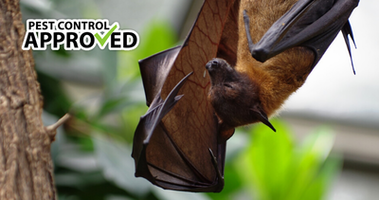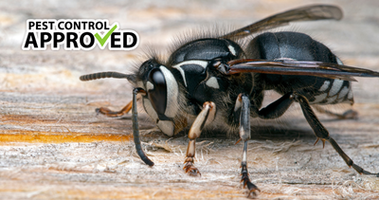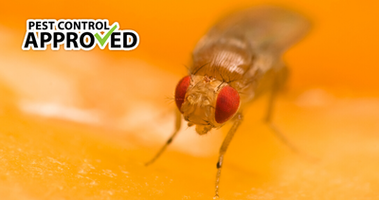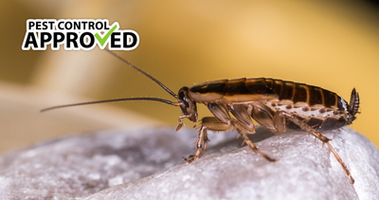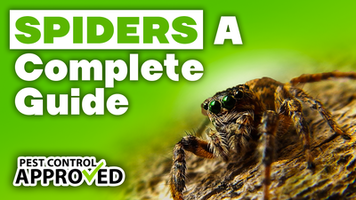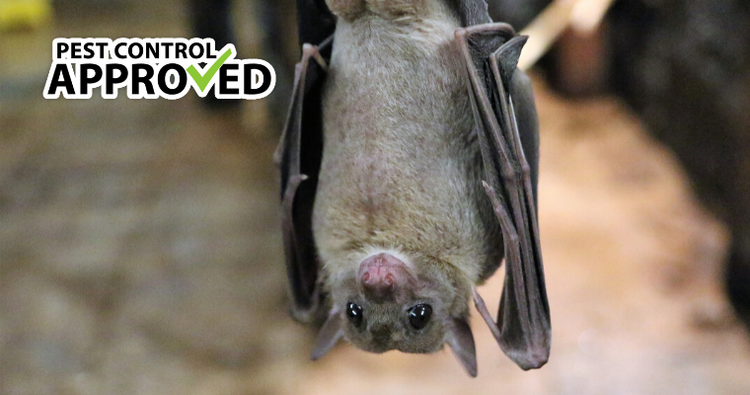
Fruit Bats
Fruit bats, also known as Megabats, are one of the most numerous of the bat family. There are over 180 known species alive today. Since there are so many different species of fruit bat, there is a great variety. In fact, fruit bats vary a lot in terms of their appearance, size, and weight.
NAME: Fruit Bat (also known as Megabat)
LOCATION: Asia, Africa, and Australia
HABITAT: Subtropical forests
DIET: Herbivore and Nectivore
SIZE: Various
PREDATORS: Birds of prey, snakes, humans
LIFE EXPECTANCY: 4 - 5 years (in the wild) or 20 plus years in captivity
Size
The largest known fruit bat is the giant golden crested flying fox. This huge fruit bat, which can be found in the Philippines, has a recorded wingspan of over five feet. On the other end of the scale, the Australian blossom bat measures just about two and a half inches in length.
Appearance
Fruit bats are often called flying foxes. This is because some species of fruit bats, especially those on the larger end of the spectrum, have faces that resemble a fox. They have a furry coat, with a pointy nose, big eyes, and pointy ears! Obviously, they are distinguishable from a fox, due to their large wings. Most fruit bats also have sharp teeth, which they use to break the skin on tough fruits.
Diet
Fruit bats, unlike their micro bat cousins who feed on insects and small mammals, are herbivores. Depending on their size, fruit bats may have different diets. Most fruit bats, as the name suggests, feed on various types of fruit. They may also consume plants and leaves as part of their diet. However, some smaller species of fruit bat are nectivores. This means that they feed on the nectar from plants. They do so by using their long, straw like tongue to extract the nectar from the flower. This is like many insects who do the same.
Most fruit bats don't use echolocation to find their food, instead they rely on an excellent sense of smell and sharp vision.
Habitat
Fruit bats are mostly found in subtropical regions of Asia, Africa, and Australia. Many fruit bats live among the canopies in the rain forest and nest in holes in trees for safety. Fruit bats are primarily nocturnal; however, they can often be seen hanging upside down from tree branches during the day.
Reproduction
Females reach sexual maturity when they are about one or two years old. The gestation period for the fruit bat varies, but a typical pregnancy is reported to last between about four and six months. However, some last for a short period of time. For example, there are some species of fruit bat whose gestation lasts only three months.
Fruit bats, like all other bats, generally only give birth to one young bat at a time. This is because the young bat is highly dependent on its mother to feed. The little bat clings to its mother for quite a while, as it does not develop the ability to fly for about six weeks. The father generally does not take part in raising the young fruit bat.
Predators
A lot of fruit bats do not have many natural predators. Birds of prey, such as hawks, eagles and owls may hunt fruit bats while they are flying. In addition, fruit bats are sometimes vulnerable to attacks by snakes, while they are roosting or hanging upside down in the tree canopy.
Humans are also a threat to fruit bats. In some countries, humans have been known to hunt and kill fruit bats for meat. This practice is viewed as quite controversial, as there have been studies which link the consumption of bat meat to the spread of diseases such as Ebola and coronaviruses.
Under other circumstances, fruit bats are killed by humans as they are considered a pest. For example, extermination and pest control companies are sometimes called if fruit bats are found in a domestic setting. Farmers growing fruit also view the fruit bat as a pest and are likely to kill them to maximize their harvest.
Life Span
In the wild, the life span of fruit bats is relatively short, because of threats such as predators, hunting and natural disasters. On average, fruit bats are thought to live around four to five years in the wild. In captivity, however, fruit bats tend to live much longer lives. In fact, some fruit bats have been known to live in captivity for more than twenty years.


